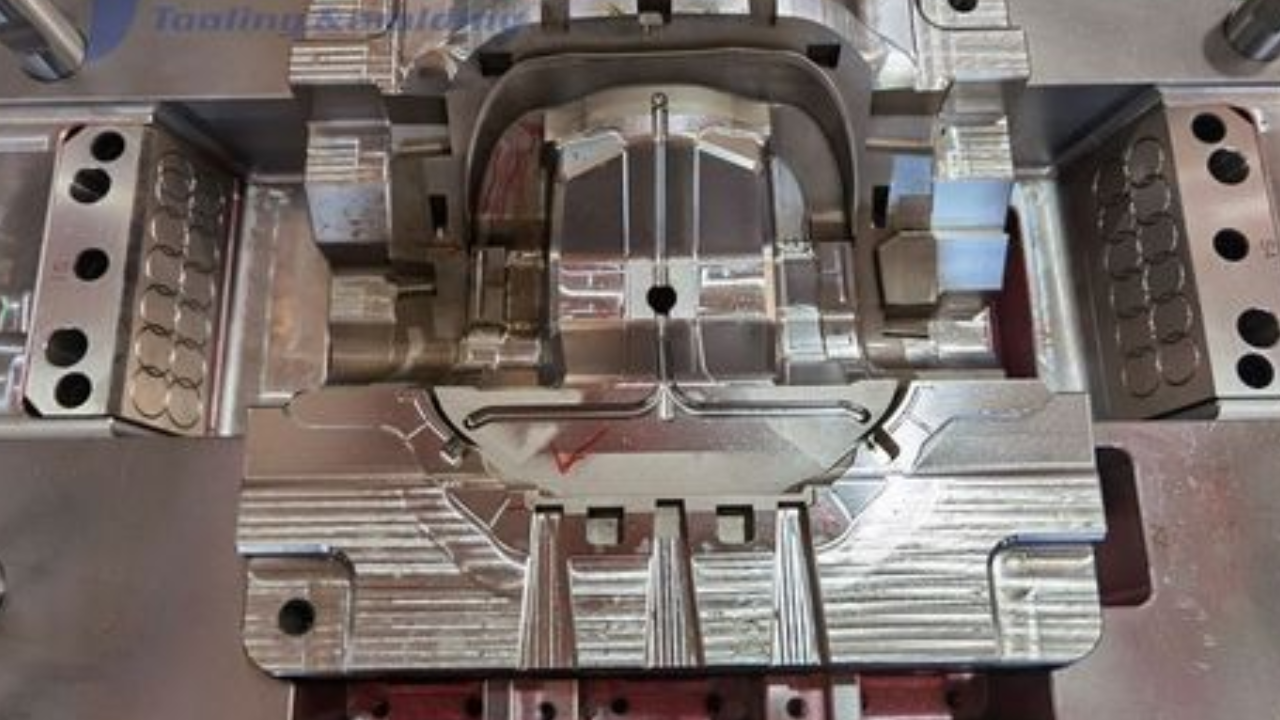Inside the realm of present-day manufacturing, plastic injection molds stand as technological marvels, reshaping industries and revolutionizing the production manner. From consumer items to problematic automotive additives, plastic injection molds have come to be the spine of mass production.
Plastic injection molding is a versatile manufacturing method that enables the production of an extensive range of plastic elements and additives. In the automobile industry, plastic injection molds are essential for manufacturing a broad range of parts, from complex engine parts to interior panels. The creativity and efficiency of the automotive industry have been greatly enhanced by the capacity to produce components that are strong, lightweight, and carefully made.
With the use of plastic injection molds, intricate sensor housings, and dashboard components can be produced to exacting levels of quality. The variety of products is made possible by employing various forms of plastic injection molds, each designed for unique functions. In this newsletter, we explore the specific types of plastic injection molds and their precise programs throughout industries.
Types of Plastic Injection Molds
Plastic injection molding is a versatile production manner that allows the production of a huge variety of plastic parts and additives. The diversity of products is made possible by way of employing diverse varieties of plastic injection molds, each designed for particular functions. In this text, we explore the exceptional forms of plastic injection molds and their specific packages across industries.
Prototype Molds
Prototype molds are used for developing prototypes and occasionally extend manufacturing runs. They allow manufacturers to check and refine designs earlier than mass production. Those molds are commonly much less complex and are best for speedy prototyping and product development.
Production Molds
Manufacturing molds, also referred to as excessive-cavitation molds, are designed for excessive-quantity production. They encompass multiple cavities, taking into consideration the simultaneous production of a couple of equal elements in every cycle. These molds are critical for massive-scale manufacturing of customer goods, packaging substances, and automotive additives.
Multi-cavity Molds
Multi-hollow space molds comprise a couple of equal or distinctive elements in a single mildew. They permit the manufacturing of a couple of additives in every injection cycle, increasing efficiency and reducing manufacturing time. Multi-hollow space molds are generally used in industries in which excessive manufacturing fees are critical.
Circle of Relatives Molds
Own family molds are a kind of multi-cavity mold that produces different components or additives in a single mold. These molds are ideal for merchandise with multiple components that need to be assembled. Circle of relatives molds are regularly utilized in manufacturing complicated gadgets along with scientific gadgets and digital gadgets.
Insert Molds
Insert molds are designed to encapsulate inserts or other materials inside the molded part. These inserts will be metallic components, threads, or maybe other pre-molded plastic components. Insert molds are typically used within the manufacturing of merchandise like electric connectors and over-molded parts.
Warm Runner Molds
Hot runner molds have a specialized machine that keeps the plastic material within the runners hot, making sure it stays in a molten state. This gets rid of the need for regrinding and recycling of cold runners, lowering fabric wastage. Hot runner molds are suitable for huge-scale manufacturing of excessive-cost components.
Cold Runner Molds
Cold runner molds have channels via which the molten plastic flows and solidifies. The leftover cloth in these channels, known as bloodless runners, wishes to be reground and recycled. Cold runner molds are price-effective for smaller manufacturing runs and less difficult designs.
Ending Remarks
Plastic injection molds represent the epitome of precision engineering and production excellence. Their ability to craft elaborate additives with unequaled accuracy has propelled numerous industries into new nation-states of innovation. From improving the protection functions of vehicles to shaping the sleek designs of modern-day electronics, plastic injection molds continue to redefine the opportunities of mass manufacturing. As industries evolve and client demands grow, plastic injection molds stand poised at the leading edge, prepared to form the future of manufacturing with their transformative skills.
